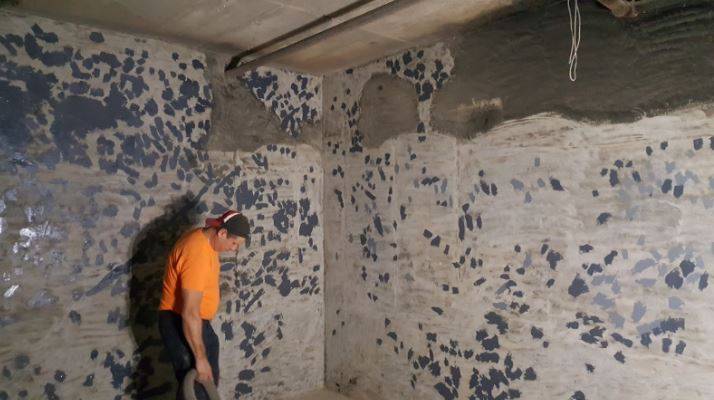
Water Tank Repairs for Commercial Water Tanks
Over time, concrete infrastructure can deteriorate because of factors such as weather conditions and corrosive substances. While this does present some challenges, like the potential for tank downtime, there are also tank repair methods that can greatly lessen the pain.
The Challenges
Concrete tanks play many infrastructural roles, with some primary ones being storing drinking water, fire suppression water, or wastewater for a municipality. In the case of drinking and fire water tanks, the climate can pose a challenge: Freeze-thaw cycles are just one way that changing temperatures can stress concrete, eventually necessitating tank leak repair. Other potential issues include spalling, which is the development of flaking, or crack formation, which may be the culprit of shifting soil. And wastewater tanks may face even more issues, as the abrasive chemicals necessary to treat human waste can also inflict stress on the tanks charged with wastewater storage.
Many of today’s public and commercial water tanks have been in service for decades, giving the aforementioned forces plenty of time to cause damage. And because of the critical roles tanks play, no matter the type of water they store, project planners can understandably be hesitant to undertake water tank repairs or replacements that will knock the infrastructure out of service for an extended period. As an example, tanks that store fire suppression water can’t safely go out of service for long—but at the same time, maintenance projects are necessary to keep them in good shape.
Overcoming the Challenges
One option to deal with an aging tank is to replace it entirely. That may be a good option for particularly aged tanks, but it can also be time consuming and expensive.
Luckily, there are less burdensome repair routes, which involves techniques like the installation of liners and coatings. By applying a lining to a degraded portion of a tank, professional installers can often extend the tank’s life. Coatings, meanwhile, provide an extra layer of protection. Oftentimes, once a crew has access to a tank, such projects can be completed in under 24 hours, letting the tank move back into service quickly.
Commercial Water Tank Leak leak Repair
No matter the methods the project ends up using, it’s important to contact professionals before a tank degrades too much. Setting up a tank inspection is a good first step.
![]()
You must be logged in to post a comment.